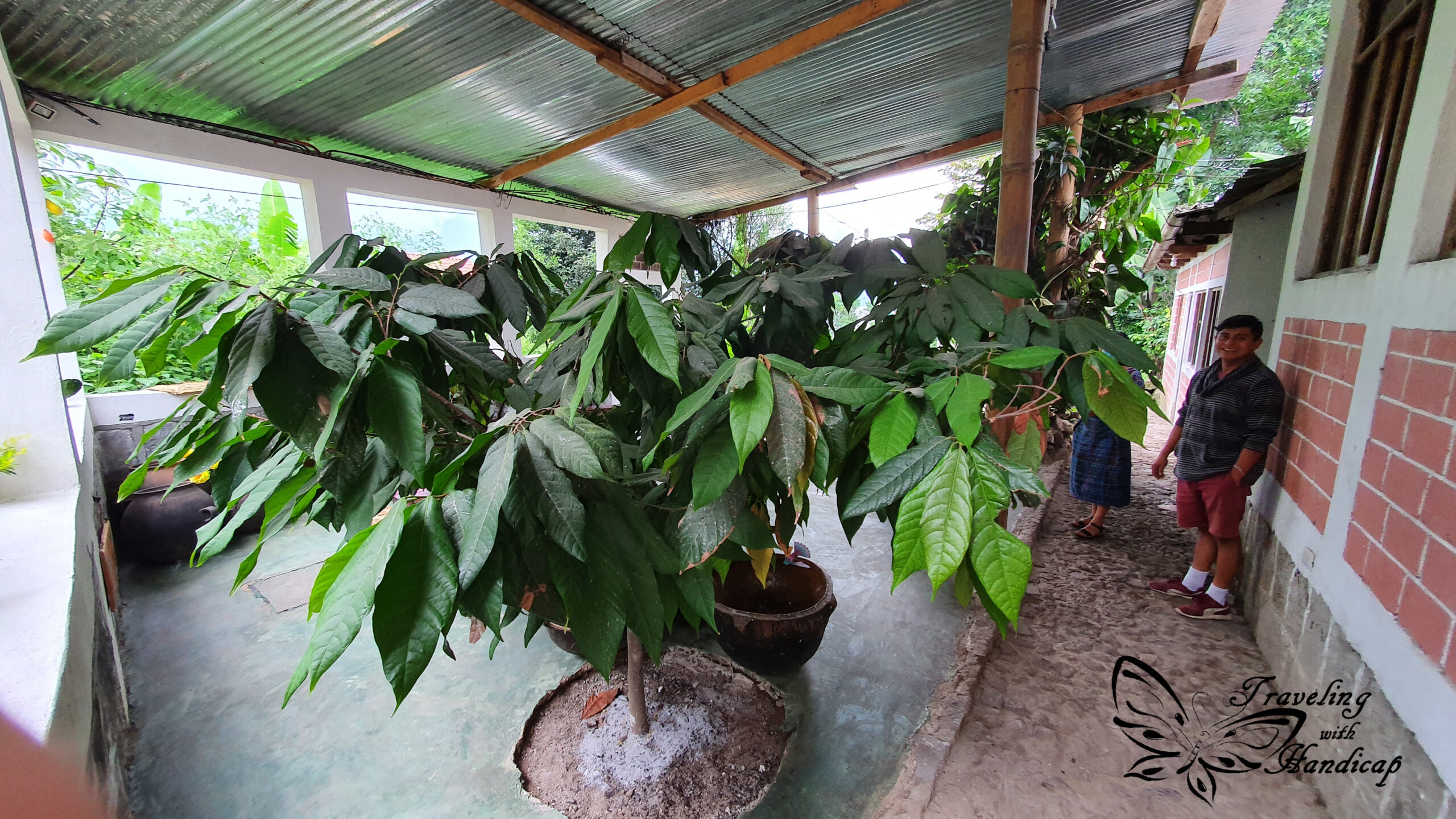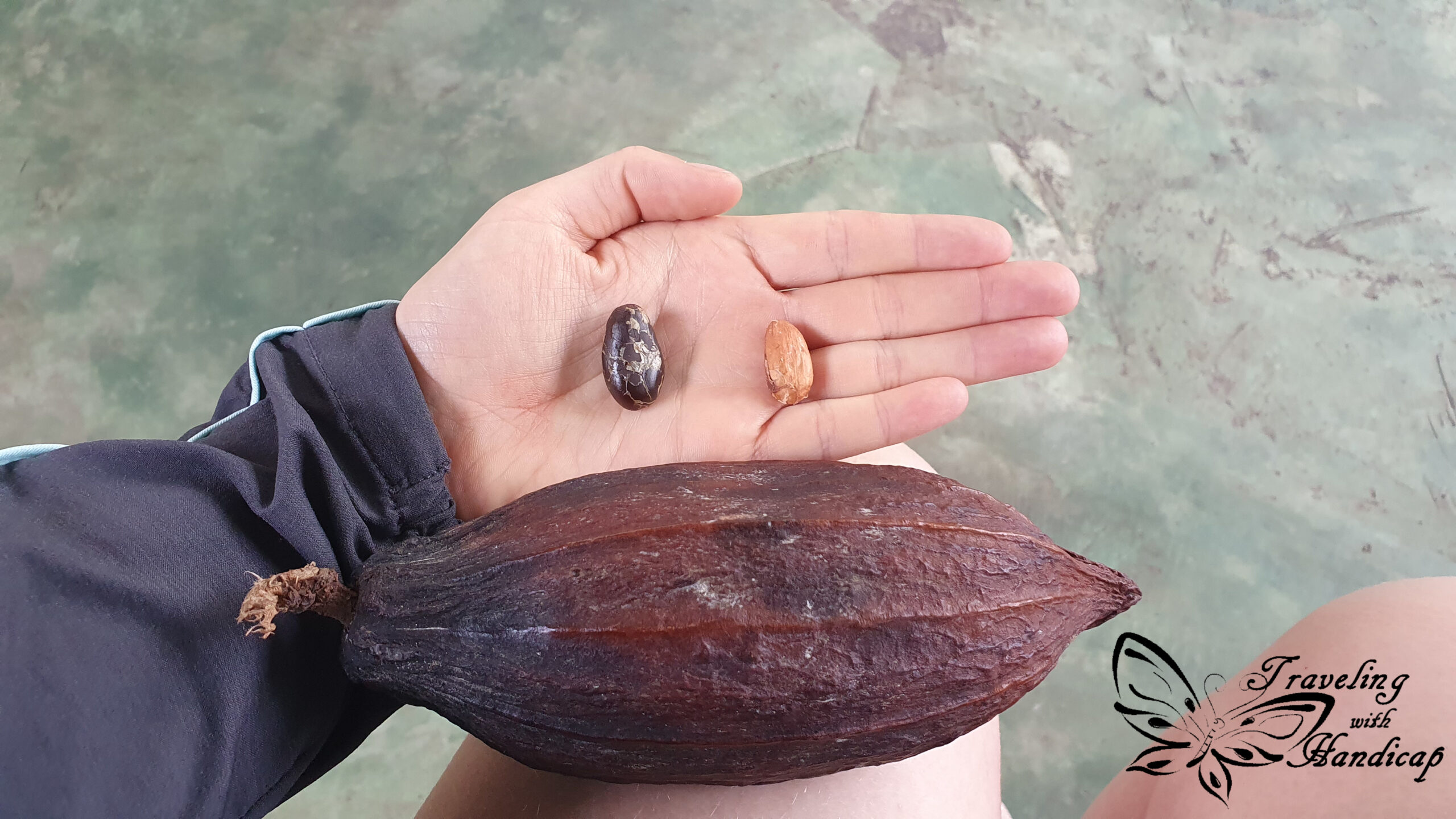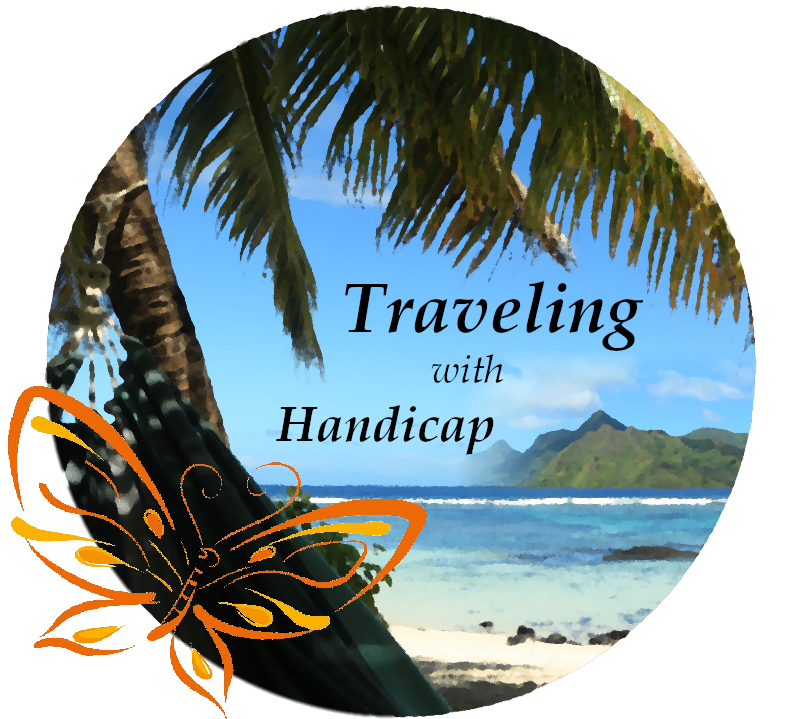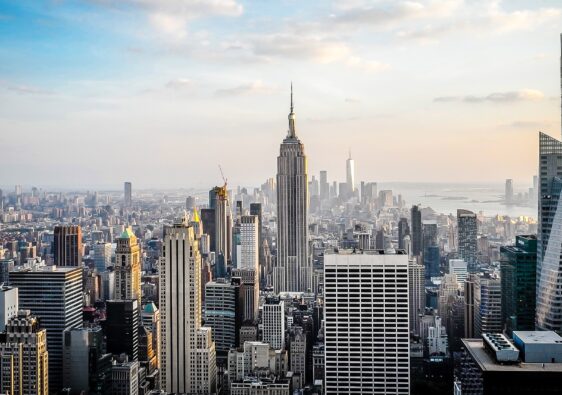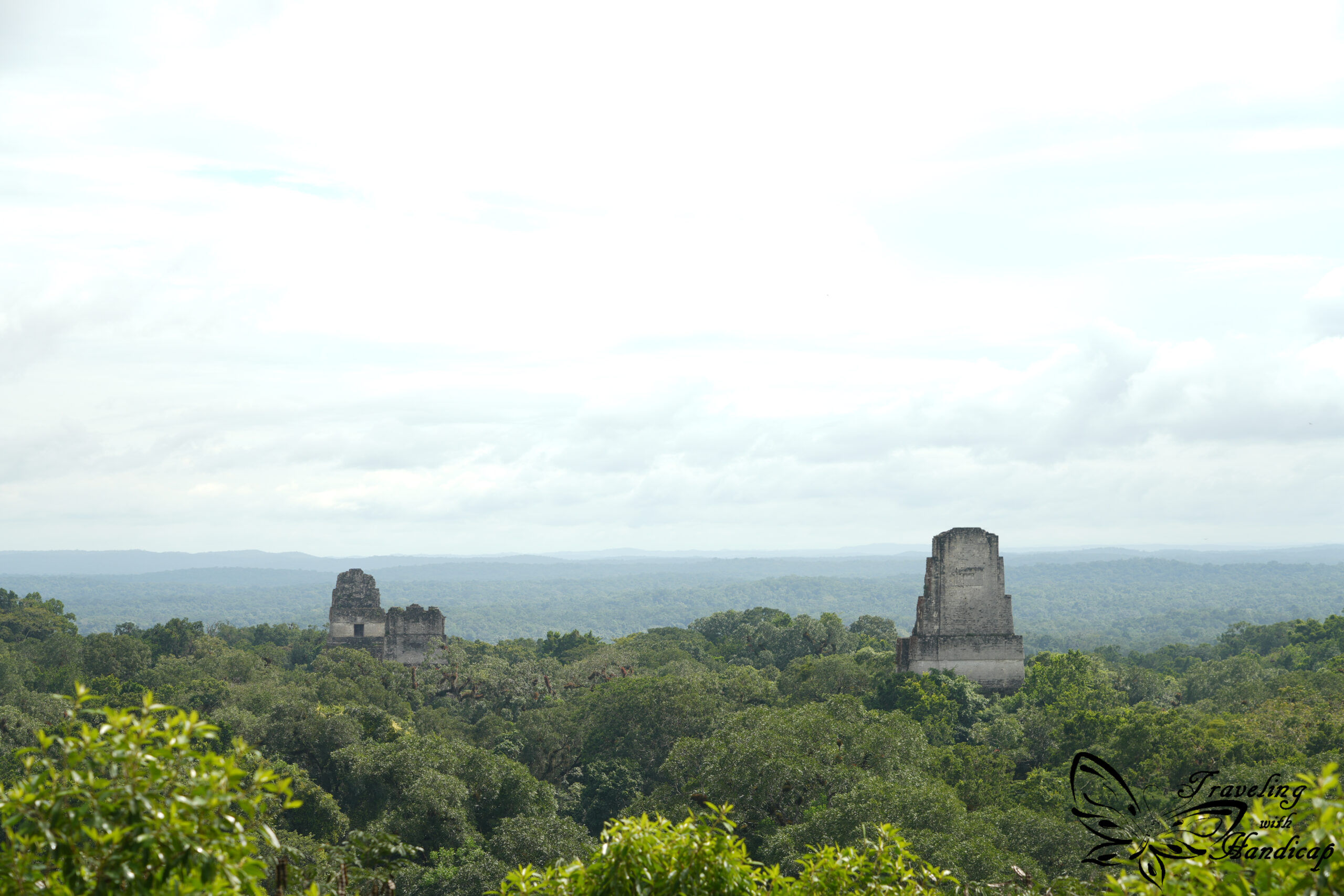You will learn more by walking from Canada to Guatemala than you will ever learn in film school.
Werner Herzog
Reaching San Pedro La Laguna
If you check out social media channels of Guatemala, you’ll find most posts related to Antigua, Lake Atitlán, and Flores/Tikal. Some posts might show you impressions from the coast, however, traveling to the coast is far not as popular as the volcanic area and the Mayan temples of Tikal.
There are different shuttle services from/to San Pedro which are considered comparatively safe. I do not recommend taking any “Chicken-bus” even though they are a little cheaper. They are known to be uncomfortable and much more likely to break down unexpectedly (and then, you’re stranded). The tourist shuttles connect all important spots across Guatemala and even certain spots in Mexico.
If you consider flying into Guatemala City, there are shuttle buses to Antigua. From Antigua, you may continue to San Pedro La Laguna or to Panajachel (the city at the lake) and take a boat from Panajachel to San Pedro. However, keep in mind that there are only approximately three shuttles a day from Antigua to San Pedro and times might change. So you might as well spend a couple of days in Antigua before continuing to San Pedro La Laguna.
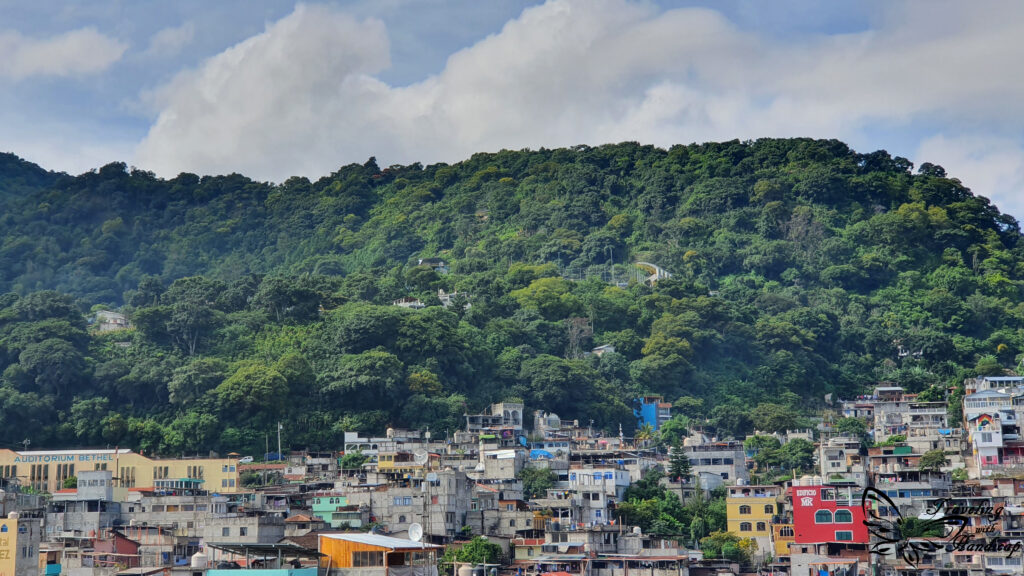
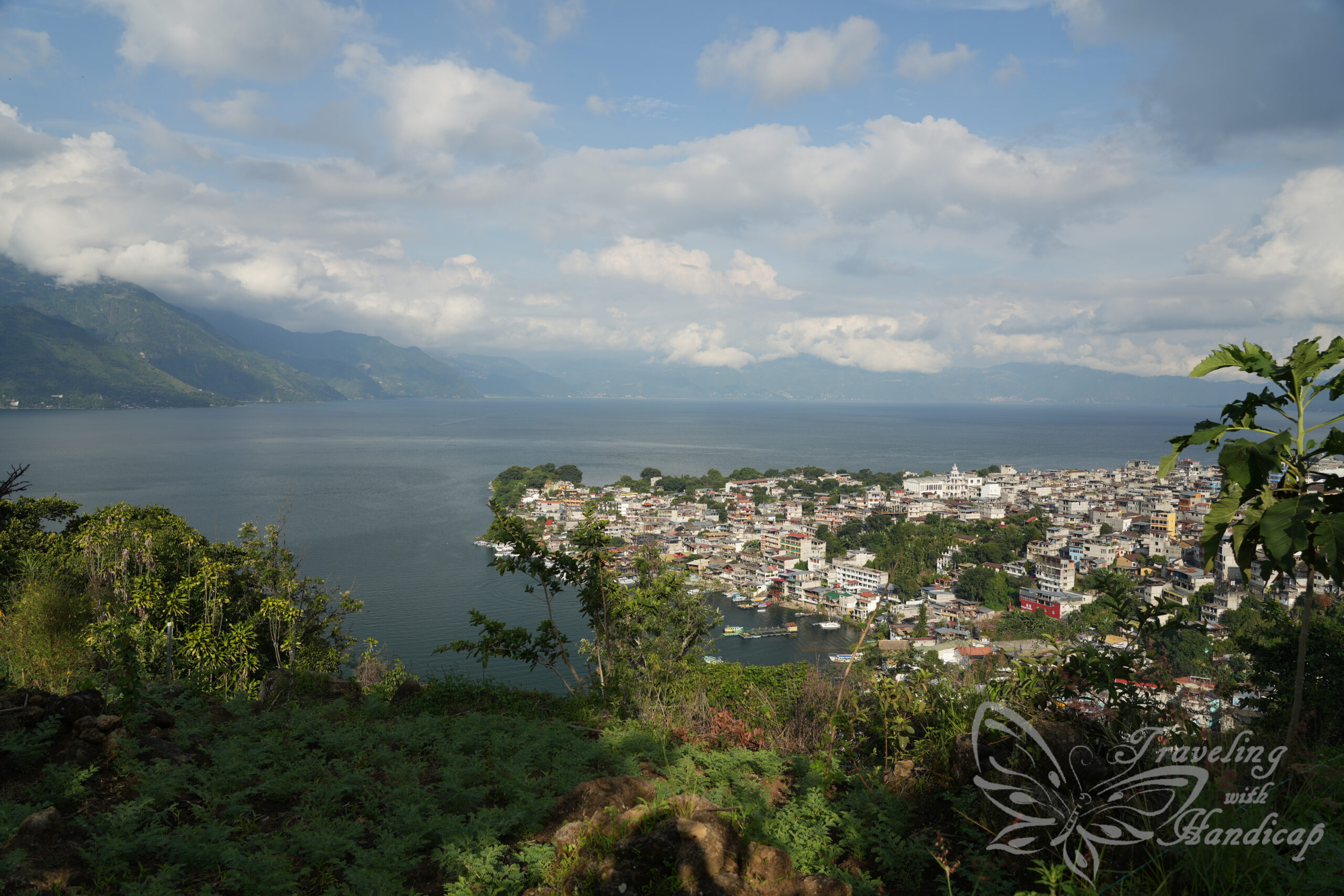
The town of San Pedro La Laguna
My first impression of San Pedro was like “where are all the people, where is the center of town?”. Google Maps is not really helpful here since it is difficult to identify the specific roads or the location of restaurants might have changed. I tried to orientate by following people and asking about the market, ATMs and more. This is how I recognized the two different faces of San Pedro.
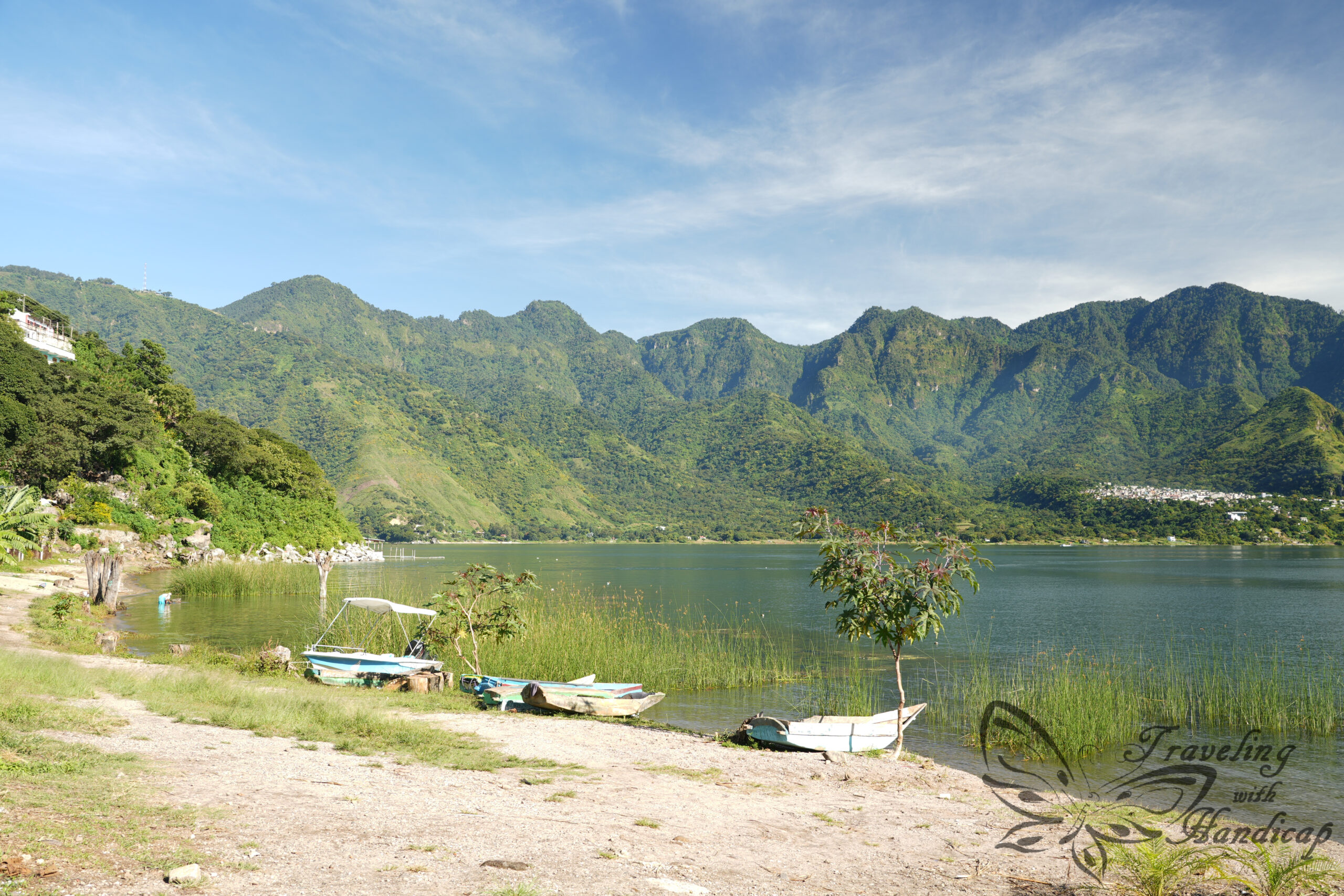


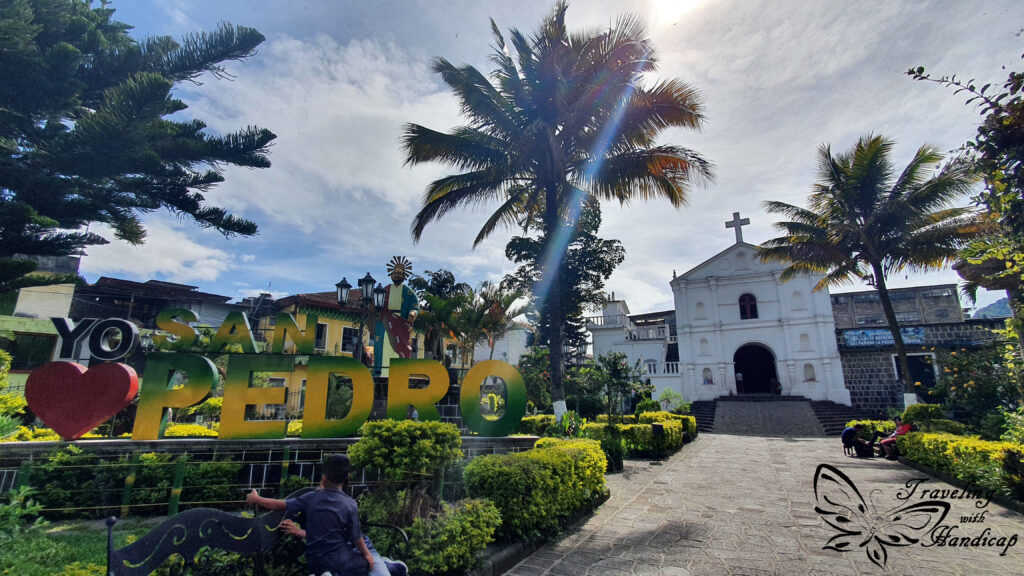
The town of the locals
I consider most of San Pedro as the town of the locals. In that area, you find mostly the houses of the locals, the market, the center of town with its church, doctors, and local companies. This is where the locals meet, walk along the streets, carry and sell their food and stuff on the market. Within this area, you might easily get lost since there are fewer hotels or restaurants which help with orientation. There are also no designated “sights” for tourists. Maybe one or the other spot with a nice view, but that’s all about it.
Imelda’s house was in the town of the locals, where I felt a little lost, since there was nothing going on. No restaurants, cafés, or anything to hang out and maybe meet other travelers. Strolling along the streets on market day (Wednesday and Sunday) was quite interesting, though that was more or less the only thing happening in that area.
No matter where you go in San Pedro, the people are very friendly and helpful. However, if your Spanish is not at a high level yet, it’s rather difficult to have proper conversations with people on the streets within the area I call “town of the locals”. The tourist area was more appealing to me.

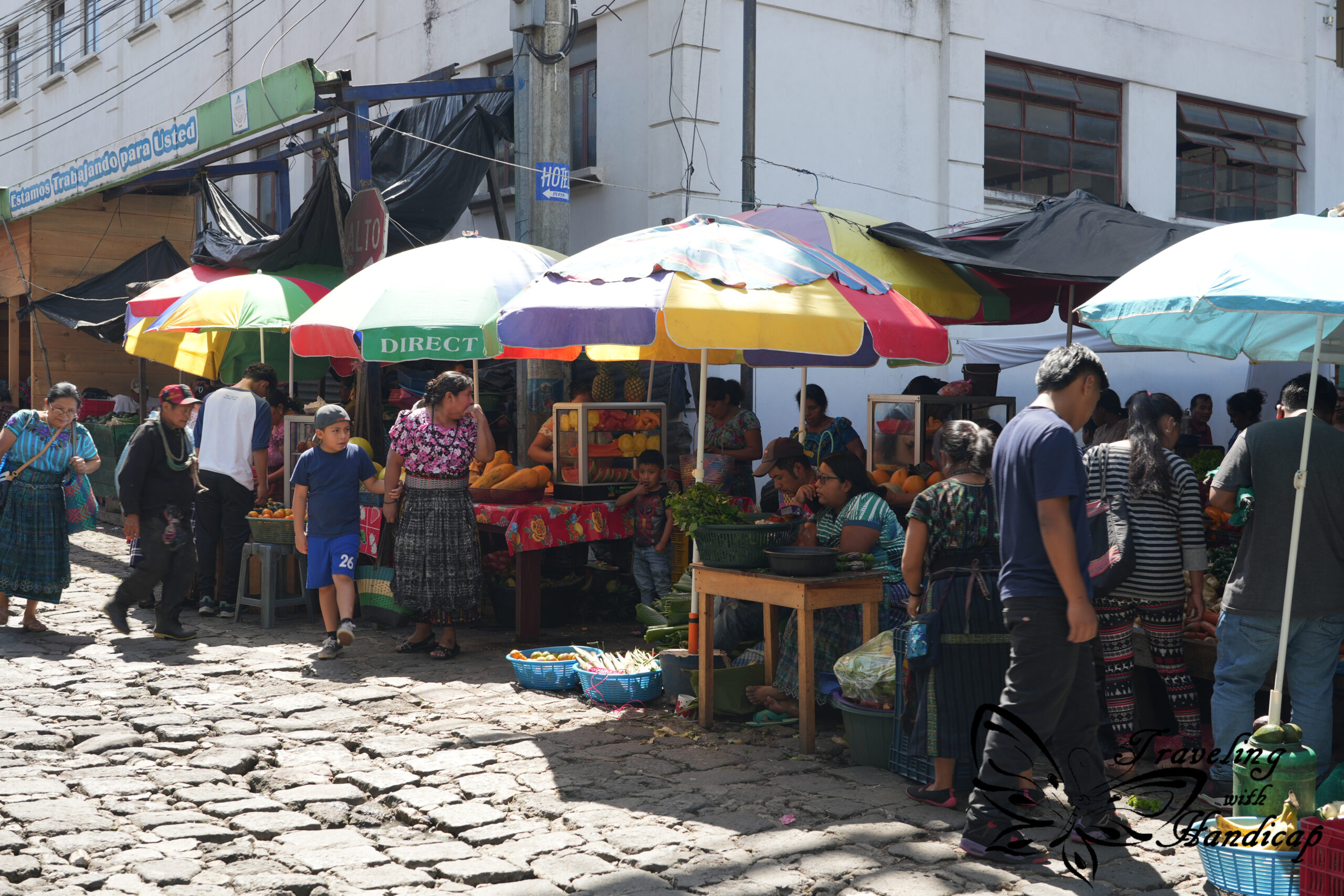
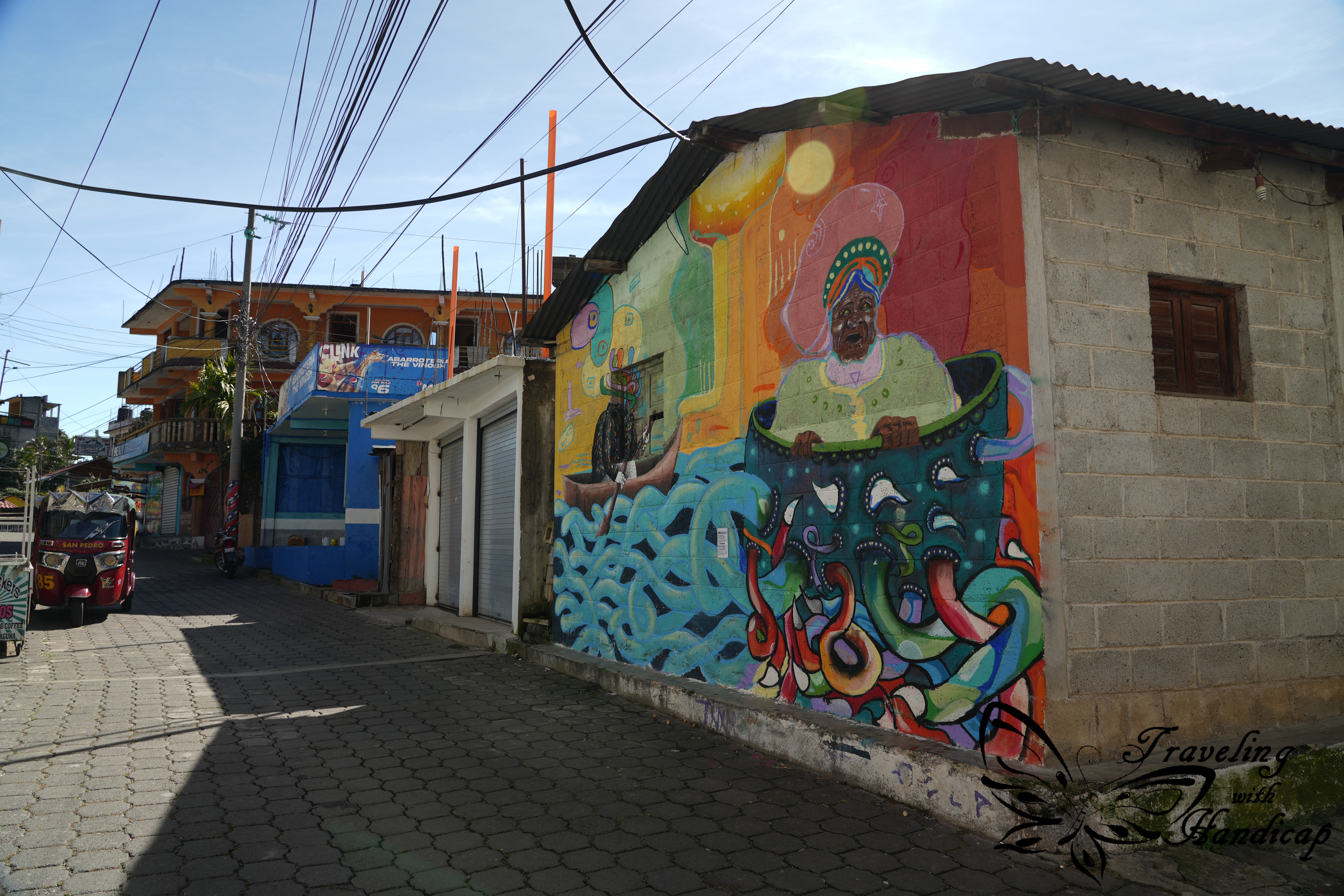
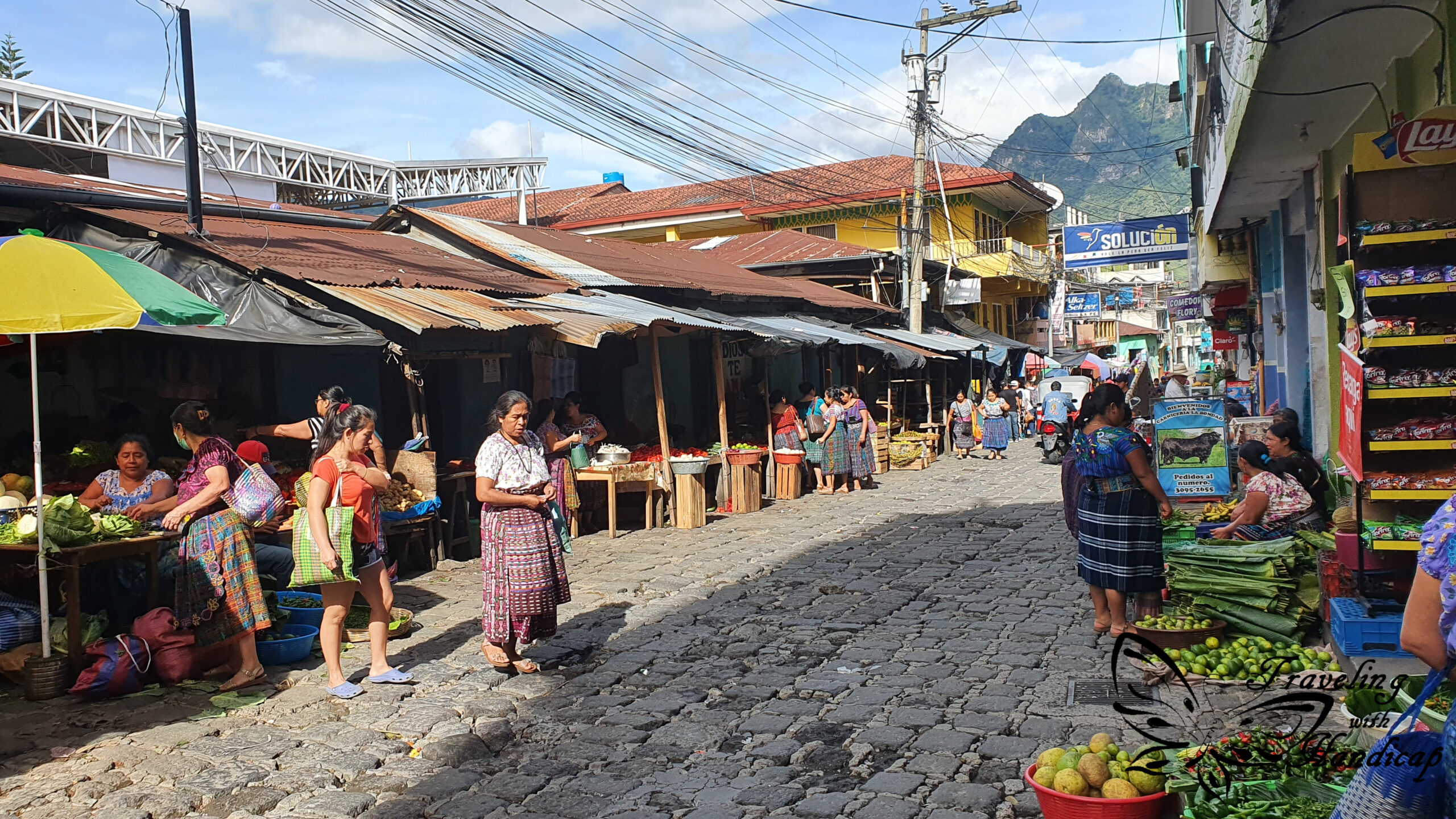
The tourist area
There is a part of San Pedro which contains the majority of hotels, hostels, and restaurants close to the shoreline and to the boat docks (lanchas). Obviously, restaurants in this area are a little more expensive, however, some places have reasonable prices, good quality and might even offer great views on the lake. Since I stayed with a family and got three meals a day provided, I mostly went out only for some coffee, which was still quite affordable, also within the tourist zone.
My language school, Orbita, as well as my host family were located at the edge of the tourist zone. Within this area, it was quite easy to grab a TukTuk to get to any place of town and access all the basic stuff you need, like laundry service, swimming pools, supermarkets etc. There is one main road where the majority of travel agencies, hostels, hotels, and restaurants are located.



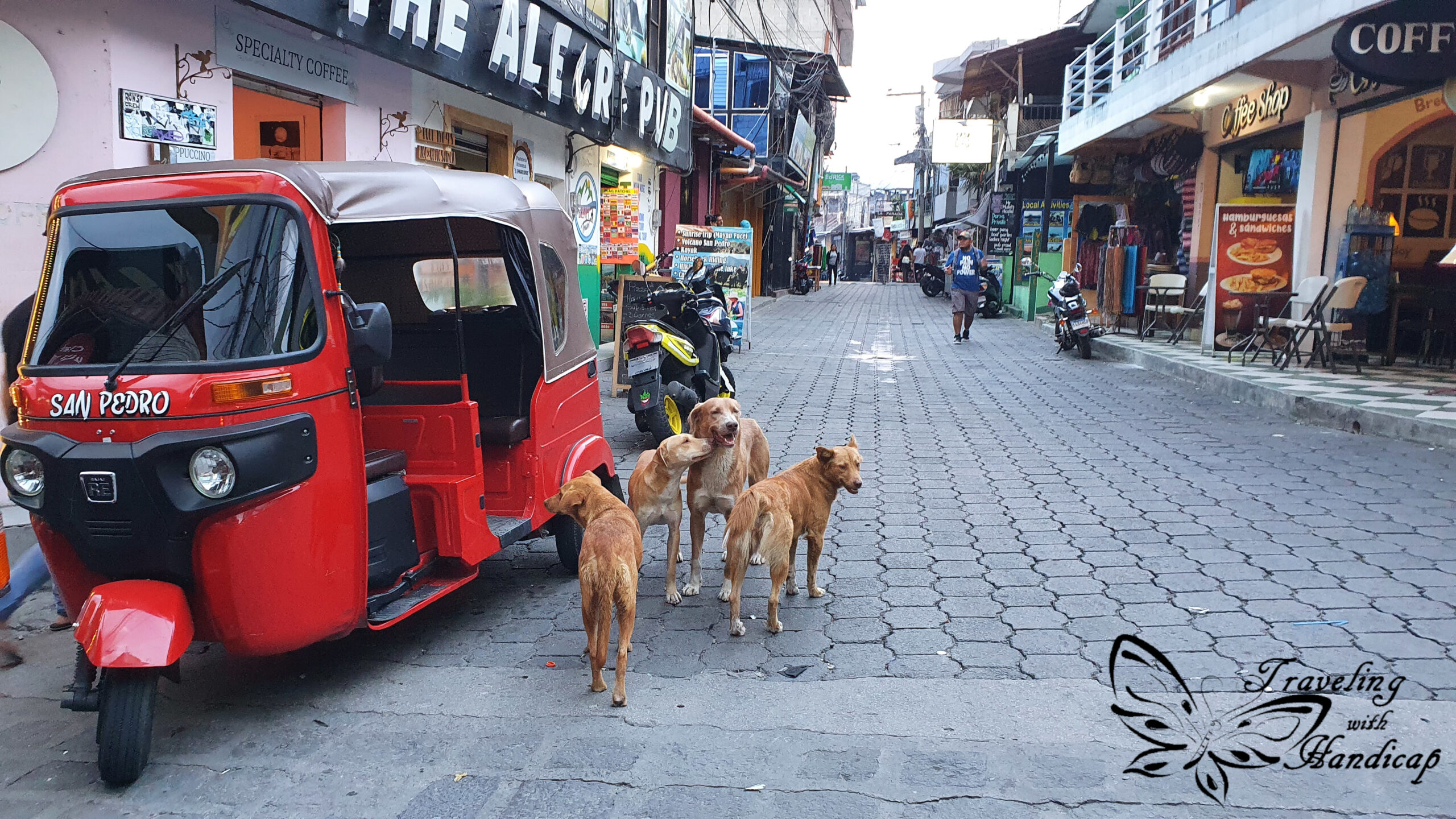
My favorite quarter
My favorite quarter of San Pedro was close to that tourist road, at the tip of San Pedro around the museum. There are some tiny walkways which are too thin even for TukTuks. Walls in this area are covered with very colorful paintings. In between the houses, in parks and gardens, you find many colorful flowers, and many locals try to sell self-made things. Unfortunately, there are also some hippies and dropouts who try to copy the skills of the locals and sell their own stuff. From the few restaurants I went to, the best ones were located within this quarter.
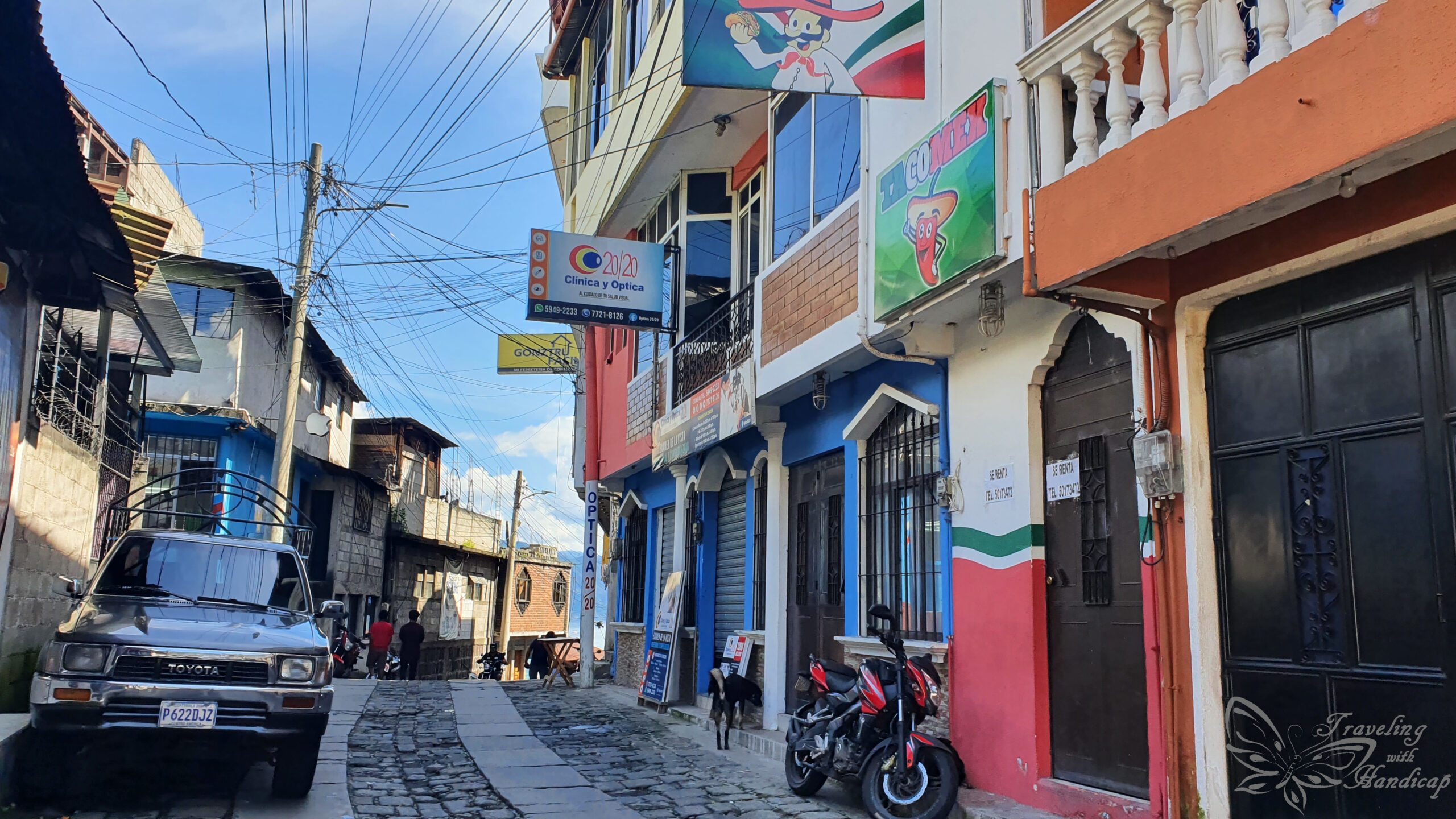
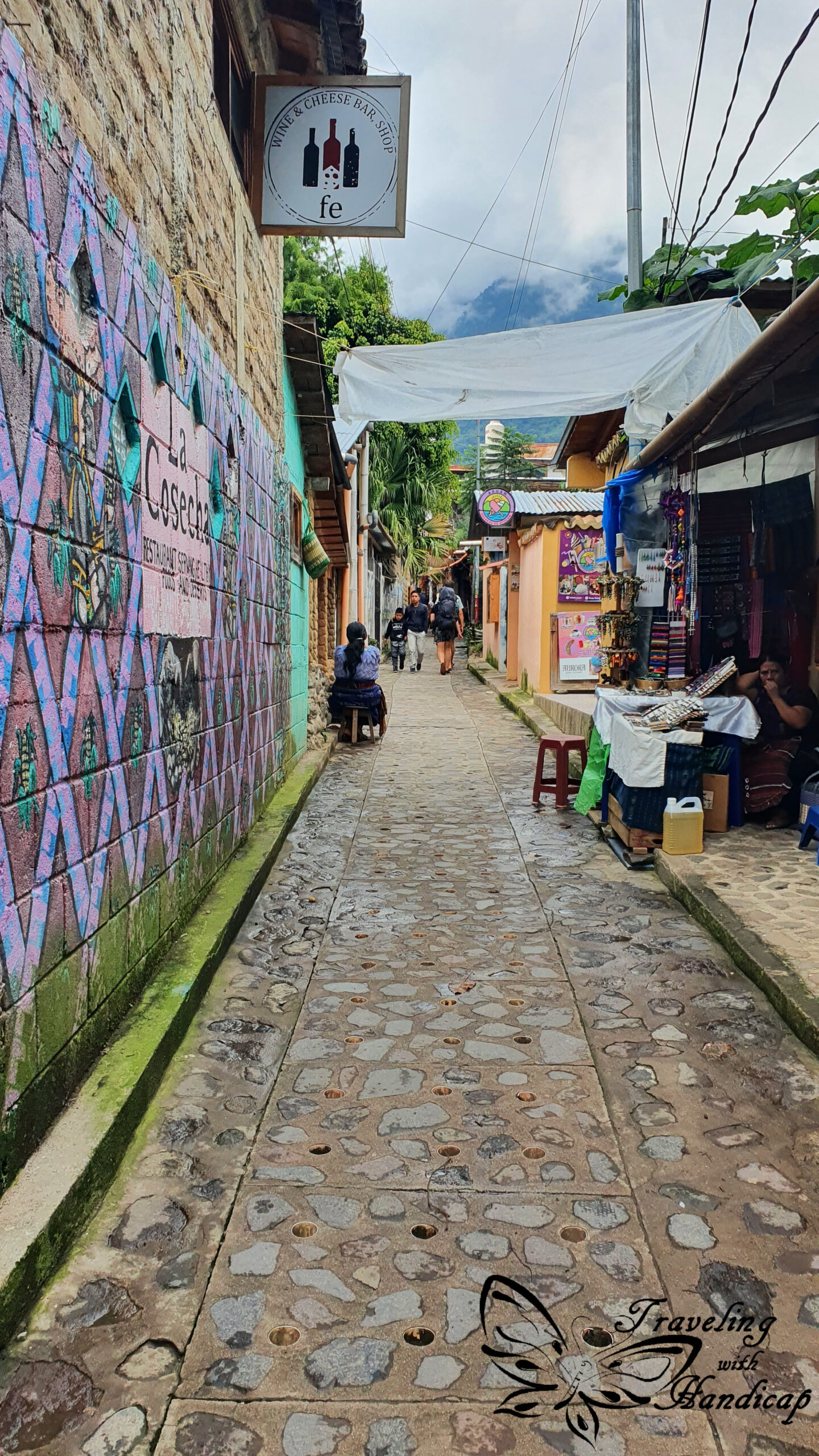

There is one hotel + restaurant + bar which I would like to highlight: Zoola. It is set up in a middle-east manner (I assume it belongs to Israeli people, as there are -unfortunately- many Israeli people who obtain property here) and has a very comfy restaurant space to chill out. Its bar is facing the lake and if you buy a drink, you’re allowed to swim in their swimming pool which. However, I’ve been told that Israeli people often mess up with the friendly customs of the local people.
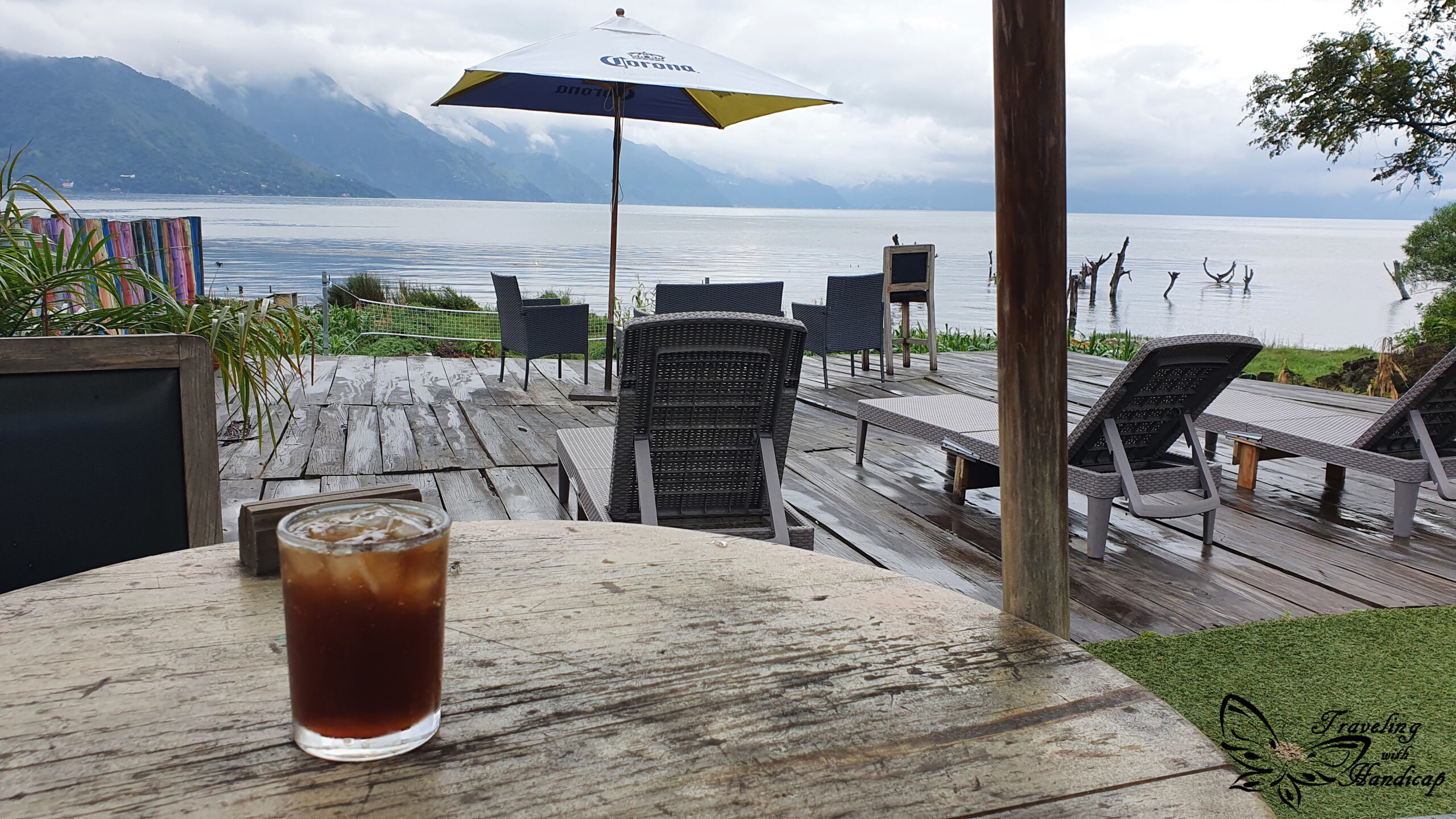

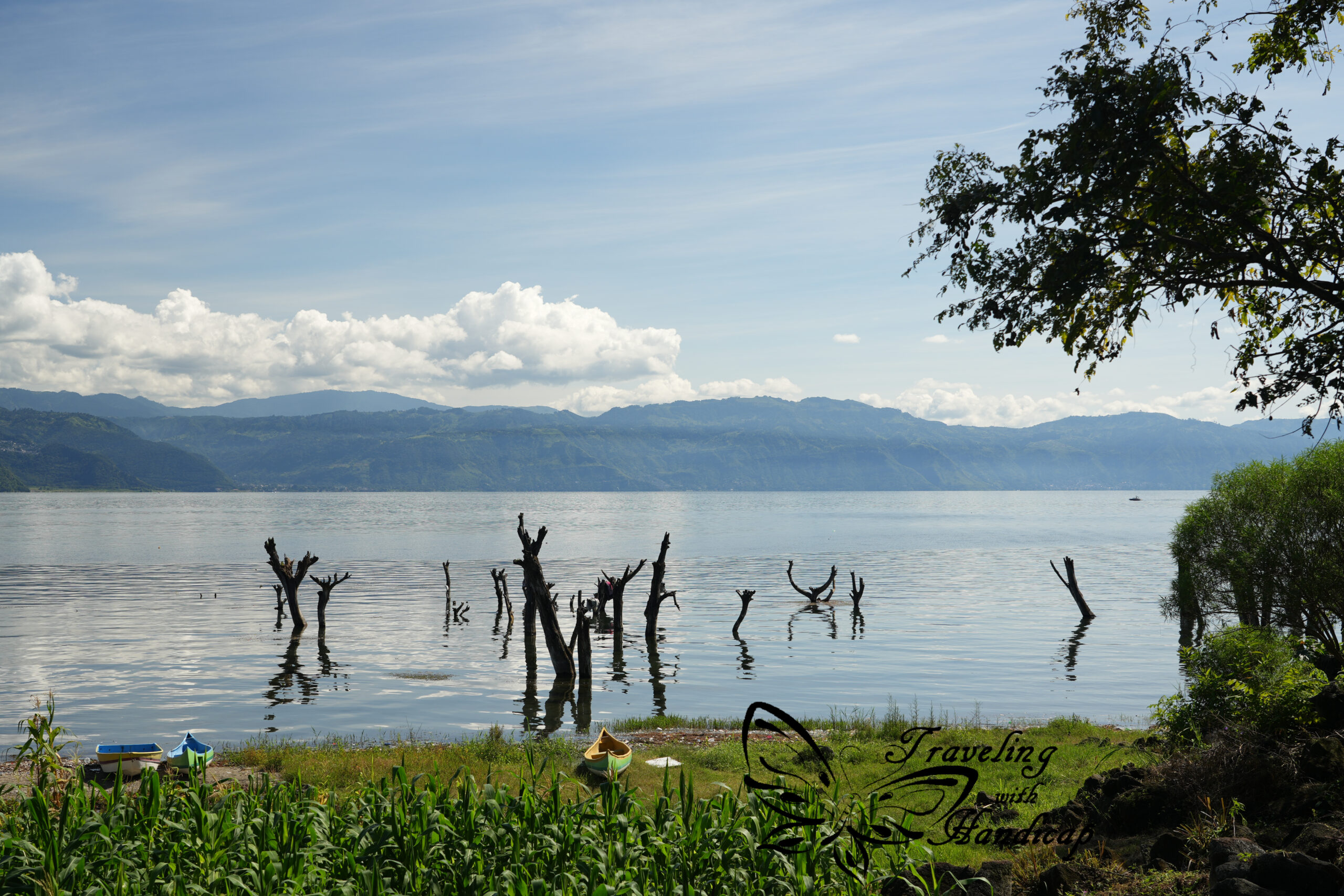
Things to do and places to check out
San Pedro has many restaurants and bars located along the shoreline, it’s definitely worth checking out one or the other. You might recognize Hebrew menus at one or the other place. I usually tried to avoid these restaurants since I prefer to spend my money at places of local people. It’s also worth asking the locals for recommendations, since good and affordable places might be a bit hidden from the center of the main tourist road facing the boat dock.
I recommend to check out
- The center of town with its church at the Puerta Hermosa
- the market during market day (Wednesday or Sunday) since then it’s bigger and more busy than on other days
- the “tourist street” along the shoreline, especially during sunny hours
- Artesanal Chocolates Diego for an explanation and show how chocolate is produced (for free, you either buy something from the store or give some tip)
- the “artist quarter” close to the museum
- the museum of San Pedro
- a Mayan ceremony (if offered)
- the thermal baths
There are many more places to check out in the whole Lago Atitlán area, however, this list focuses on the spots within the town of San Pedro.

